Barrett
Ideal_Rock
- Joined
- May 26, 2009
- Messages
- 2,218
I got bored about a month ago and decided to write up this little tid-bit. I figured I would cover as best I could the other half of photography: Lighting. The only reason photography and shooting gems and minerals is possible is light.
In my opinion 30% of taking a good photo is all camera and the other 70% is lighting. Lighting is very very important if it's 70% of taking a good picture. Lets start off with light itself. Light is brightness that comes from an object such as the sun, a fire, a flashlight, or a lamp. All light comes from atoms. Atoms that produce light have either gained energy by absorbing light from another source or by being struck by other particles. It is this 'extra energy' that causes an atom to give off light. The light being emitted is carrying off the extra energy.
Now when discussion light and color we must explore waves as well. Waves have high and low points, and the distance between one of those highs and lows and the next is called a wavelength. Just how long that wave is will determine the amount of energy that it has. For example, a long wave has a low amount of energy or low frequency, and a short wave has a high amount of energy or high frequency. What we see in a rainbow, then, are the wavelengths of the visible colors. You see, our sun emits its radiation in this visible range, which our eyes interpret as the colors of the rainbow. These colors are identified as the visible spectrum. Thery are red, orange, yellow, green, blue, indigo, and violet.
Light travels in the form of a wave. It is basically photons (pieces of energy or particles), and mostly moves as waves. White light, or the light from the sun or lamps, is made of colors, and colors are different types of light recognized by their own wavelengths. The color of anything depends on the type of light sent to our eyes; light is necessary if we are to have any perception of color at all. An object is "colored" because of the light it reflects—all other colors are absorbed into that specific object. So then, an Sweet Home Rhodochrosite appears red because it reflects red light. Let me also add before I move on, that three things can happen to light. It can be reflected, absorbed, or transmitted. I will get to that later if I remember(note to self remember ;D)
Now to lighting and photography now that we have an understanding of what light is. When it comes to lighting they make a big difference it what you preceive or the camera preceives. That is due to kelvin temperature. Kelvin temperature, also called color temperature, is very very important when shooting gemstones and minerals. Here is the definition from wikipedia
"Color temperature is a characteristic of visible light that has important applications in lighting, photography, videography, publishing, manufacturing, astrophysics, and other fields. The color temperature of a light source is the temperature of an ideal black-body radiator that radiates light of comparable hue to that of the light source. Color temperature is conventionally stated in the unit of absolute temperature, the kelvin, having the unit symbol K."
Color temperatures over 5,000K are called cool colors (blueish white), while lower color temperatures (2,700–3,000 K) are called warm colors (yellowish white through red).
This is were having the proper lighting comes into play. The white balance on your camera should actually be called the "color correction". It helps to change the color temperature in whatever light you might be using. It's not as good as actually using proper lights but it's a simple and easy way to make those small adjustments to help show what you are seeing in real life.
Here is a color temperature chart to show what some common temperatures are.
Here is another one which will also give you an idea of what color temperature is.
So what does this all mean? If you notice it has a color which corresponds with a temperature which corresponds with a type of light/lighting. This plays a big role in shooting gemstones and minerals. It determines what light you use and what background you use. It also correlates with what color gemstones and mineral and what color background you are using.
The reason you see many photos on white or gray background is it gives purity of hue(color) to whatever gem or mineral you are shooting and white is generally good for high-contrast or high key shooting If you choose to use a background with color the accepted idea is to use complementing colors which are opposite the color wheel from the color of the object you are shooting. The only problem with using a colored background is it affects the sensors on your digital cameras. So if you are shooting a red beryl crystal on a green or blue background, even though the camera sensor is directed onto the red of the red beryl crystal light bouncing off the green or blue background is coming into your camera sensor and messing up what the camera see as the red in the red beryl crystal. This may not sound like that big a deal as the slight color variation is not huge but when dealing with gemstones even the smallest color change can be the difference between a good colored stone or an okay stone or $10 and $10,000 when showing or trying to sell a stone. If you notice on many of Jeff Scovill and Joe Budds photos they will superimpose whatever gem or minerals they took a photo of onto a colored background rather than actually shooting the photograph on a colored background The preferred background color for purtiy of color is white or gray.
Here is an example of what a colored background can do to a stone. You can adjust the white balance but it will either take away from the stone/specimen color or the background color. You can't have it both ways. The sensor is picking up the stone(pakistan moonstone) color but the light reflecting off the blue background in skewering what the sensor sees. Some sensors also take the pixels next to other pixels and use algorithims to determine what color the sensor is seeing but that is a discussion for a whole different time and place.
![colour-temperature[1].gif colour-temperature[1].gif](https://www.pricescope.com/community/data/attachments/262/262795-6647f02d17e5db68651415d99caf418a.jpg?hash=ZkfwLRfl22)
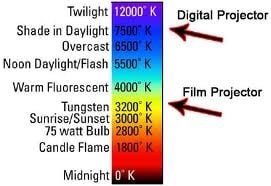
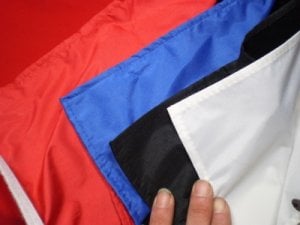
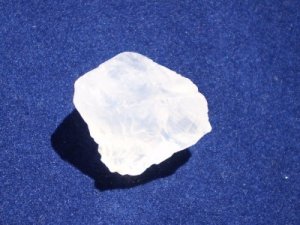
In my opinion 30% of taking a good photo is all camera and the other 70% is lighting. Lighting is very very important if it's 70% of taking a good picture. Lets start off with light itself. Light is brightness that comes from an object such as the sun, a fire, a flashlight, or a lamp. All light comes from atoms. Atoms that produce light have either gained energy by absorbing light from another source or by being struck by other particles. It is this 'extra energy' that causes an atom to give off light. The light being emitted is carrying off the extra energy.
Now when discussion light and color we must explore waves as well. Waves have high and low points, and the distance between one of those highs and lows and the next is called a wavelength. Just how long that wave is will determine the amount of energy that it has. For example, a long wave has a low amount of energy or low frequency, and a short wave has a high amount of energy or high frequency. What we see in a rainbow, then, are the wavelengths of the visible colors. You see, our sun emits its radiation in this visible range, which our eyes interpret as the colors of the rainbow. These colors are identified as the visible spectrum. Thery are red, orange, yellow, green, blue, indigo, and violet.
Light travels in the form of a wave. It is basically photons (pieces of energy or particles), and mostly moves as waves. White light, or the light from the sun or lamps, is made of colors, and colors are different types of light recognized by their own wavelengths. The color of anything depends on the type of light sent to our eyes; light is necessary if we are to have any perception of color at all. An object is "colored" because of the light it reflects—all other colors are absorbed into that specific object. So then, an Sweet Home Rhodochrosite appears red because it reflects red light. Let me also add before I move on, that three things can happen to light. It can be reflected, absorbed, or transmitted. I will get to that later if I remember(note to self remember ;D)
Now to lighting and photography now that we have an understanding of what light is. When it comes to lighting they make a big difference it what you preceive or the camera preceives. That is due to kelvin temperature. Kelvin temperature, also called color temperature, is very very important when shooting gemstones and minerals. Here is the definition from wikipedia
"Color temperature is a characteristic of visible light that has important applications in lighting, photography, videography, publishing, manufacturing, astrophysics, and other fields. The color temperature of a light source is the temperature of an ideal black-body radiator that radiates light of comparable hue to that of the light source. Color temperature is conventionally stated in the unit of absolute temperature, the kelvin, having the unit symbol K."
Color temperatures over 5,000K are called cool colors (blueish white), while lower color temperatures (2,700–3,000 K) are called warm colors (yellowish white through red).
This is were having the proper lighting comes into play. The white balance on your camera should actually be called the "color correction". It helps to change the color temperature in whatever light you might be using. It's not as good as actually using proper lights but it's a simple and easy way to make those small adjustments to help show what you are seeing in real life.
Here is a color temperature chart to show what some common temperatures are.
Here is another one which will also give you an idea of what color temperature is.
So what does this all mean? If you notice it has a color which corresponds with a temperature which corresponds with a type of light/lighting. This plays a big role in shooting gemstones and minerals. It determines what light you use and what background you use. It also correlates with what color gemstones and mineral and what color background you are using.
The reason you see many photos on white or gray background is it gives purity of hue(color) to whatever gem or mineral you are shooting and white is generally good for high-contrast or high key shooting If you choose to use a background with color the accepted idea is to use complementing colors which are opposite the color wheel from the color of the object you are shooting. The only problem with using a colored background is it affects the sensors on your digital cameras. So if you are shooting a red beryl crystal on a green or blue background, even though the camera sensor is directed onto the red of the red beryl crystal light bouncing off the green or blue background is coming into your camera sensor and messing up what the camera see as the red in the red beryl crystal. This may not sound like that big a deal as the slight color variation is not huge but when dealing with gemstones even the smallest color change can be the difference between a good colored stone or an okay stone or $10 and $10,000 when showing or trying to sell a stone. If you notice on many of Jeff Scovill and Joe Budds photos they will superimpose whatever gem or minerals they took a photo of onto a colored background rather than actually shooting the photograph on a colored background The preferred background color for purtiy of color is white or gray.
Here is an example of what a colored background can do to a stone. You can adjust the white balance but it will either take away from the stone/specimen color or the background color. You can't have it both ways. The sensor is picking up the stone(pakistan moonstone) color but the light reflecting off the blue background in skewering what the sensor sees. Some sensors also take the pixels next to other pixels and use algorithims to determine what color the sensor is seeing but that is a discussion for a whole different time and place.
![colour-temperature[1].gif colour-temperature[1].gif](https://www.pricescope.com/community/data/attachments/262/262795-6647f02d17e5db68651415d99caf418a.jpg?hash=ZkfwLRfl22)




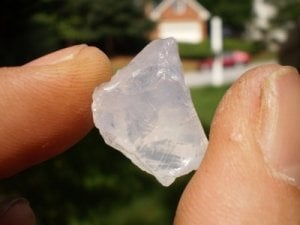
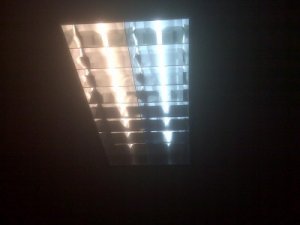
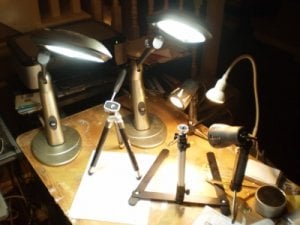
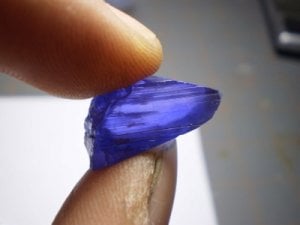
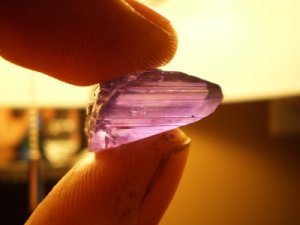
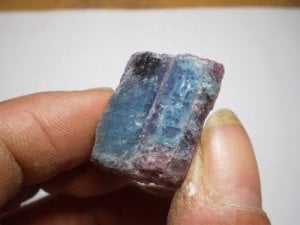
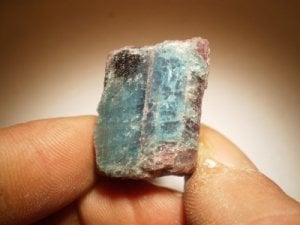
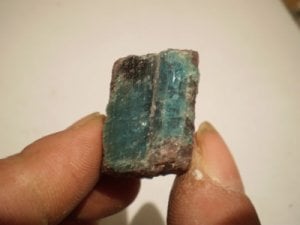
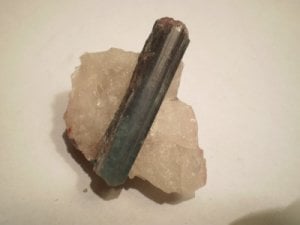
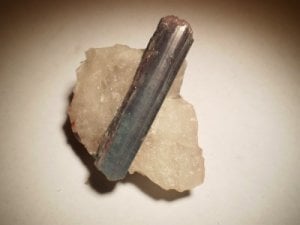
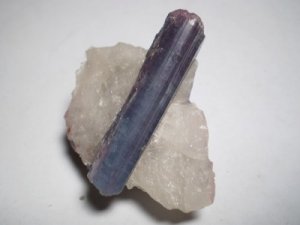
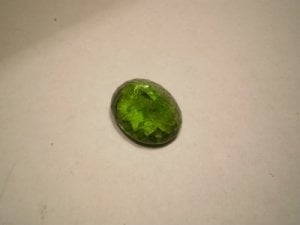
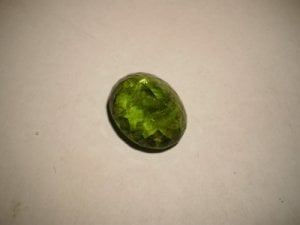
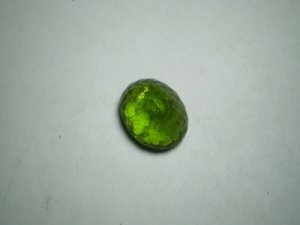
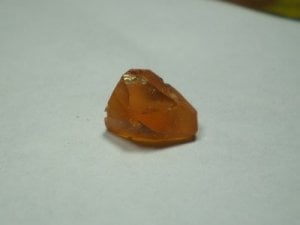
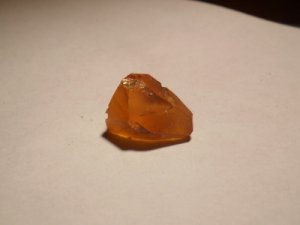
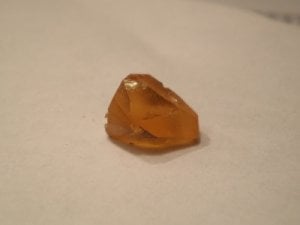
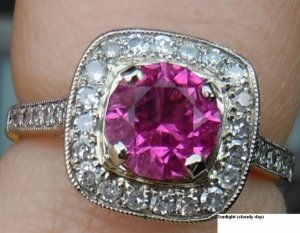
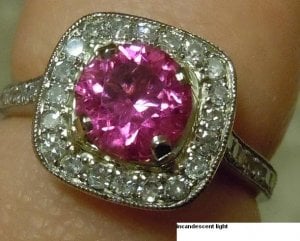
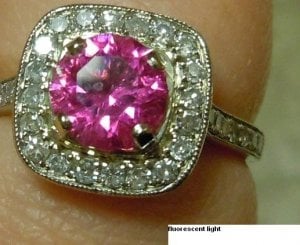
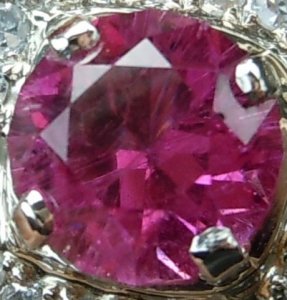

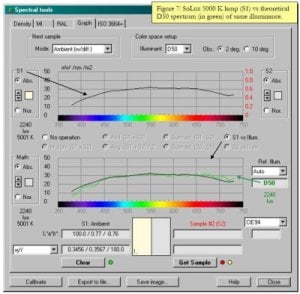
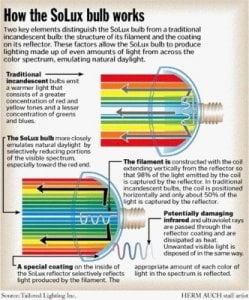
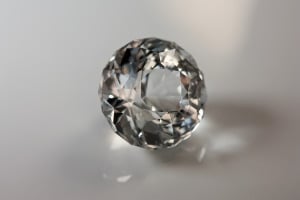
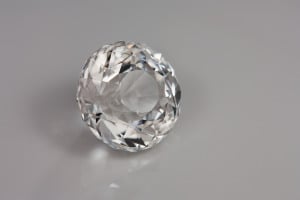
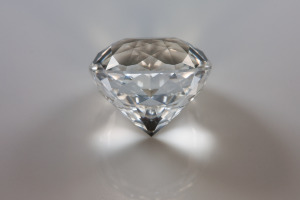


300x240.png)